For the past few weeks, doesn’t it feel like all that you have ever known has changed? The way you interact with people, the way you work, your modes of entertainment and even your modes of communication, everything has gone under a transformation. New words like a pandemic, or ‘flatten the curve’ or quarantine are all part of our vocabulary now.
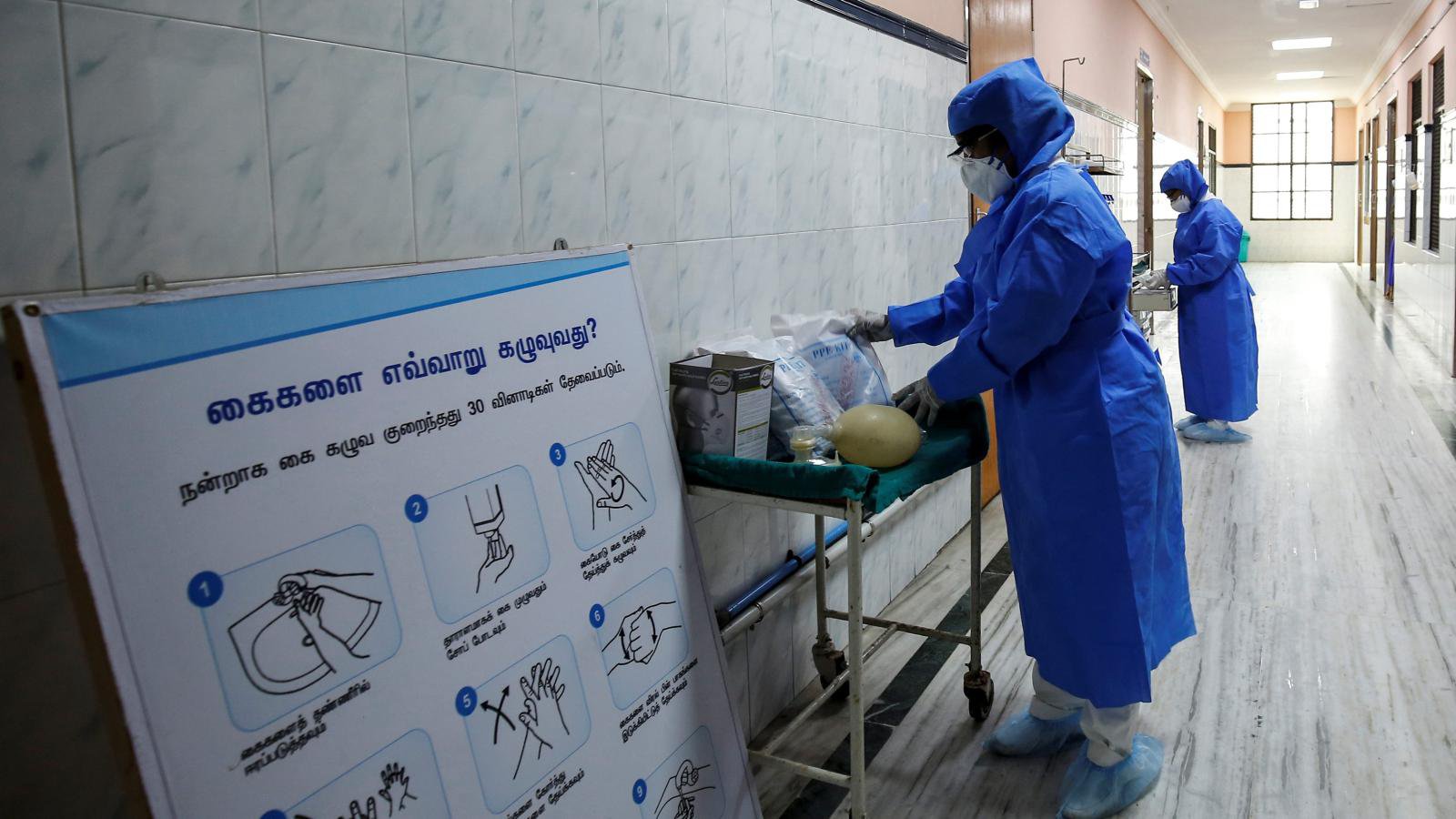
But with these array of words comes a huge deal of confusion. How is a pandemic different from an epidemic, how are isolation and quarantine different? Don’t worry we have compiled a dictionary of all the terms that you must know during Covid-19.
1. Community spread
“Community spread” or community transfer is when a confirmed case of the virus is found without having a known origin. It happens when a patient’s virus cannot be traced to any recent international traveller or to any affected person.
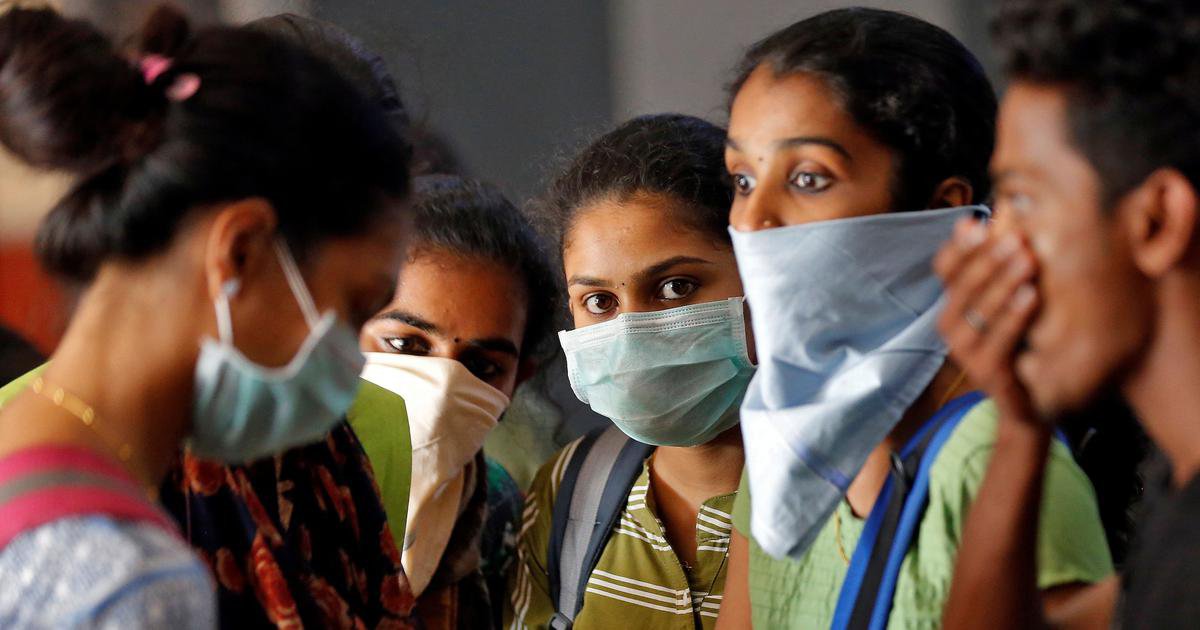
2. Comorbidity
When a person has more than one disease or conditions it is called “Comorbidity”. For example, if someone has high blood pressure and diabetic and tests positive for Covid-19, then they have comorbidities.
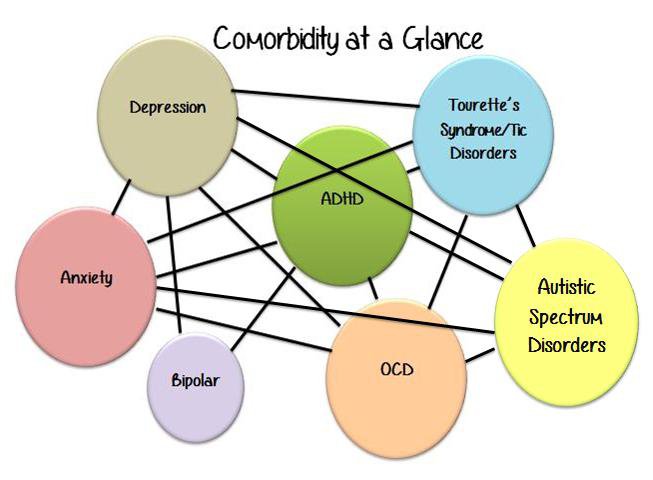
3. Coronavirus
Coronavirus and Covid-19 are not the same things, although they are often used interchangeably. Coronaviruses is actually a family of virus some of whose members can cause diseases in humans.
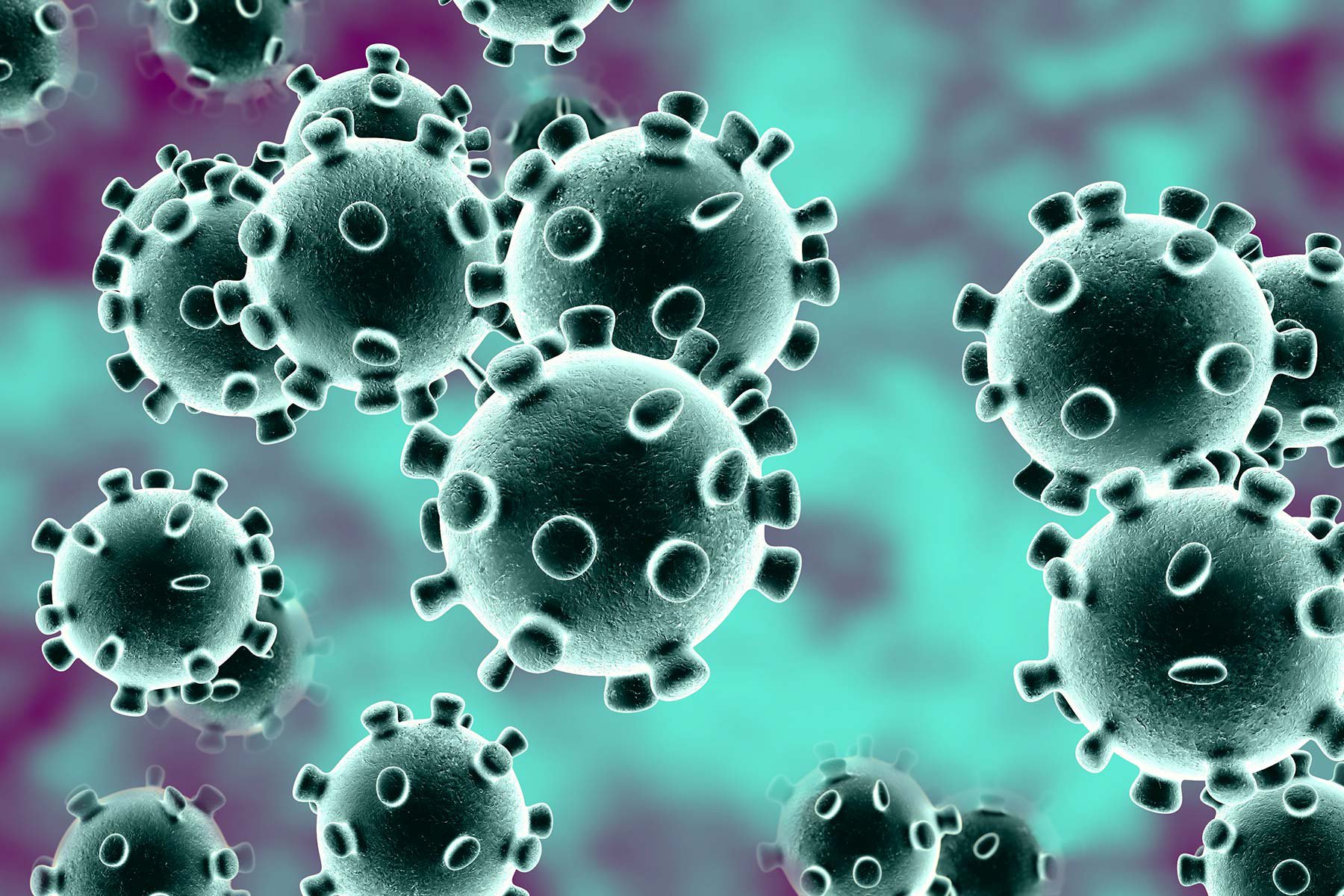
4. Covid-19
COVID-19 is the new disease that is being caused by one of the members of the Coronavirus family and the one that is spreading right now. Co and Vi in Covid-19 are derived from Coronavirus, the D denotes disease, and 2019 is the year in which it has spread. Remember, Covid-19 is not the name of the virus, but it is a disease caused by the virus.
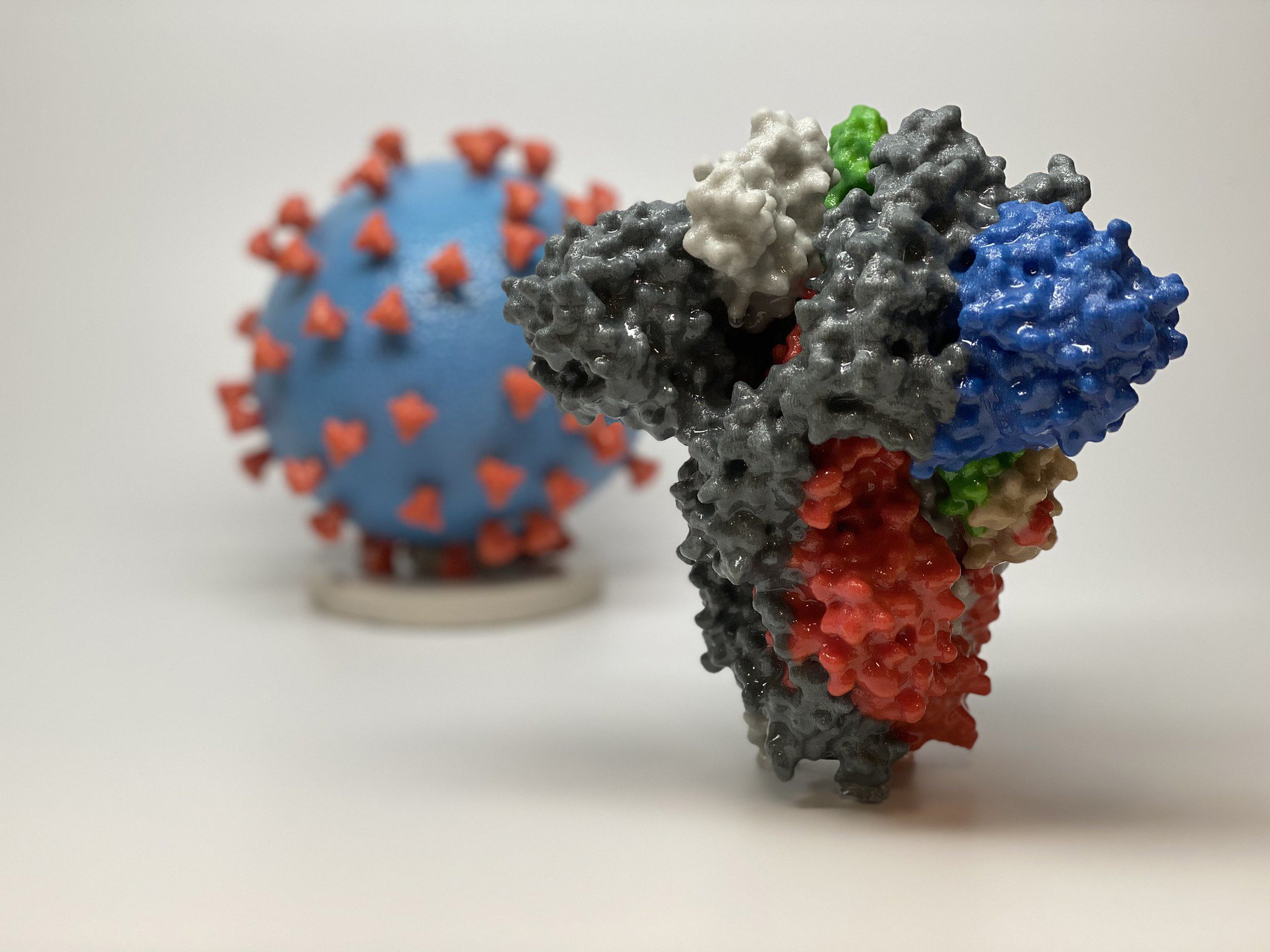
5. Epidemic
Diseases can have various names depending on how they are spread. It can be called an outbreak, an epidemic or a pandemic. An epidemic is a sharp increase in the number of people affected by the disease, spread out over a wide region.
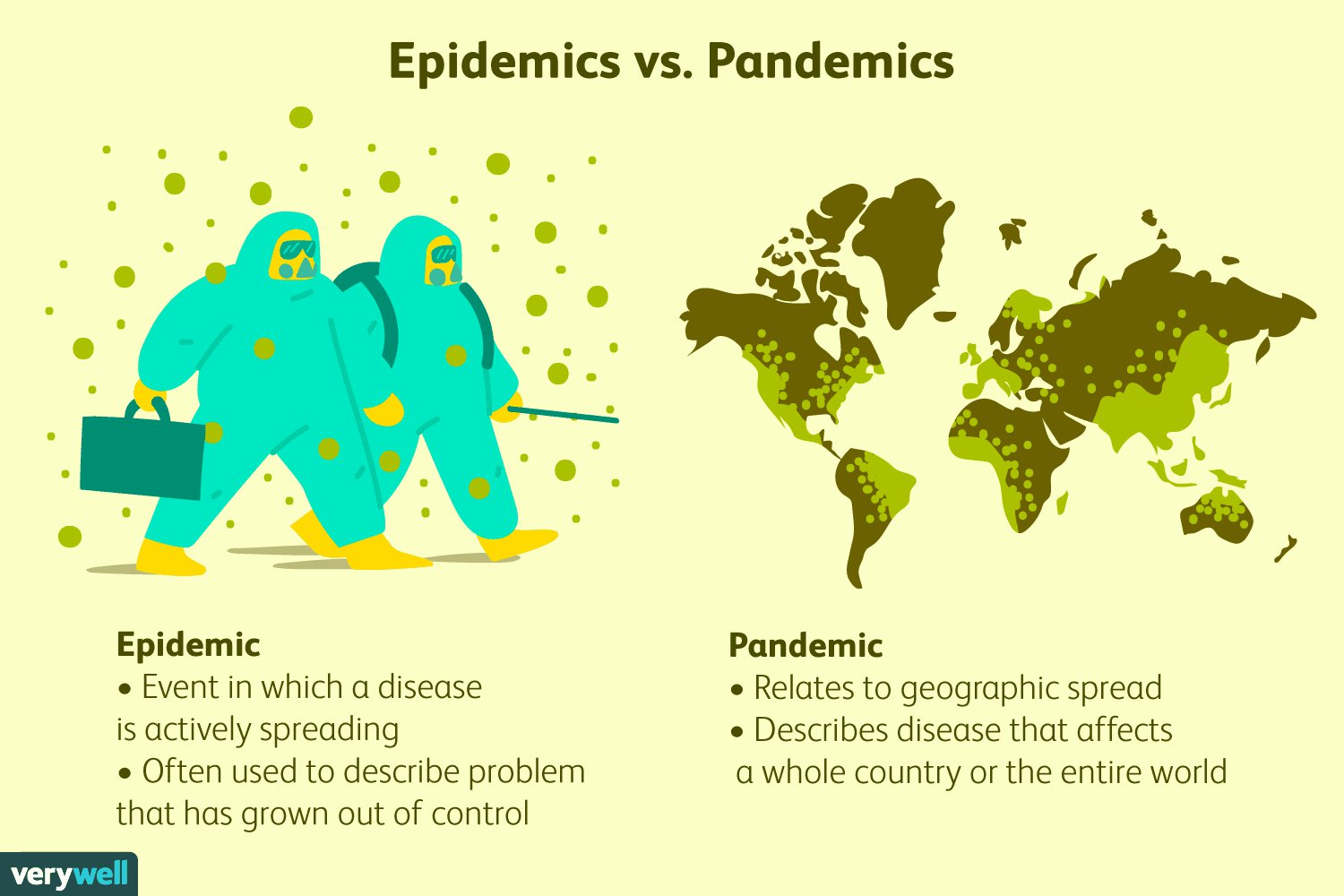
6. Flatten the curve
Yes, we know you have heard this all over the news by now. But, what does it really mean? “Flattening the curve” simply means slowing the rate at which a disease is spreading. You see those charts that show how many cases are reported every day and how they are shooting straight up? Well, we need to literally flatten that graph’s curve. Less the number of infections, the faster we can cope.
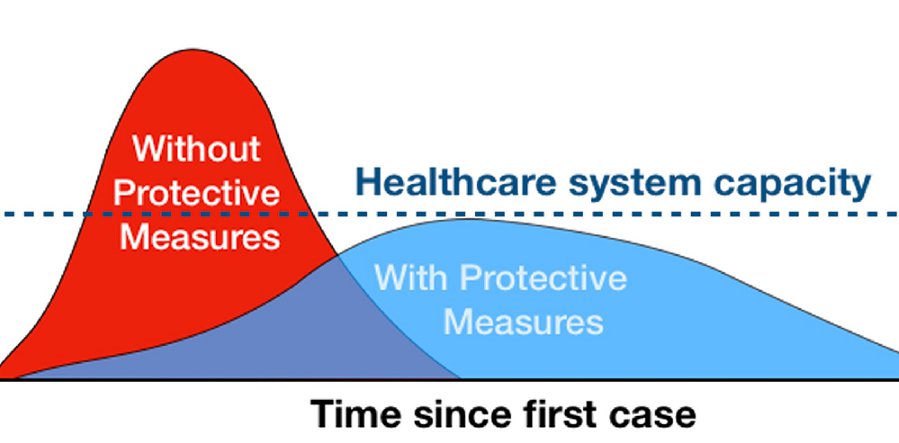
7. Incubation period
The time between contracting a virus and the emergence of symptoms is known as the incubation period. The incubation period for Covid-19 is between two and 14 days.
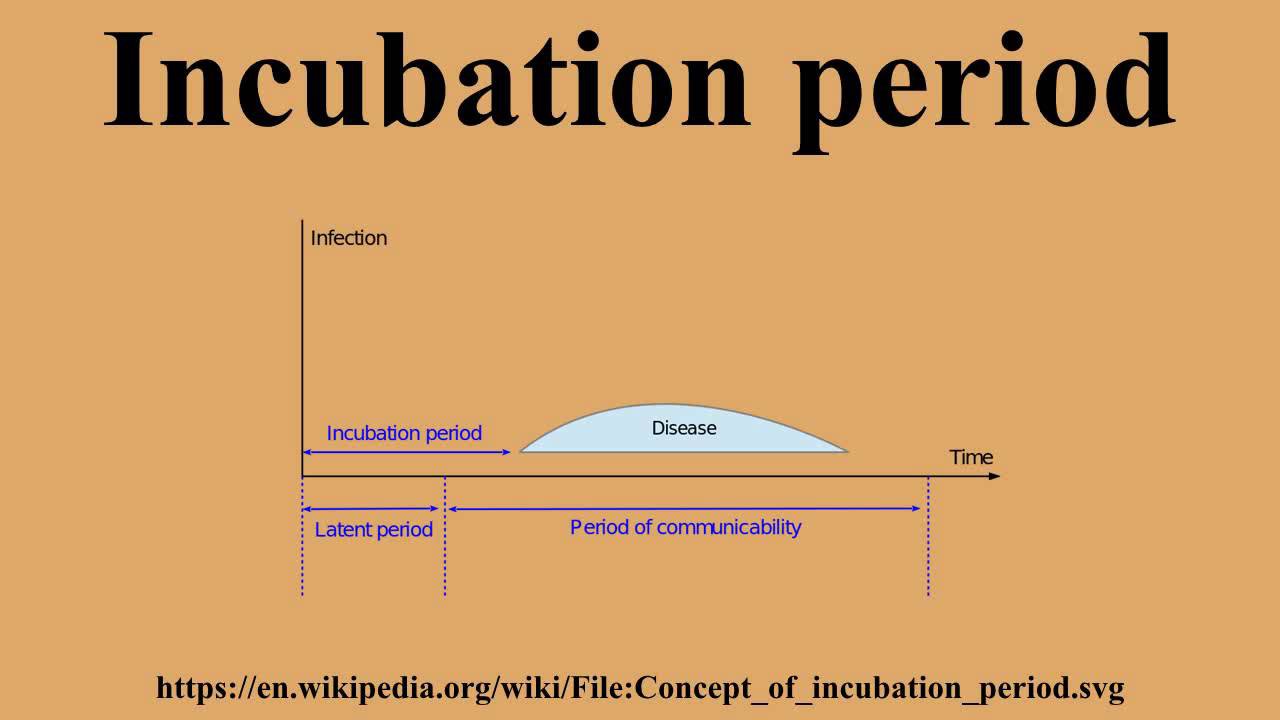
8. Isolation
Isolation is a state of being when someone who has confirmed positive for Covid-19 is separated from other people in order to stop the spread of the virus.

9. Lockdown
A lockdown is a state when all non-essential activities are stopped. The state can ask people to not leave a certain area during a lockdown.
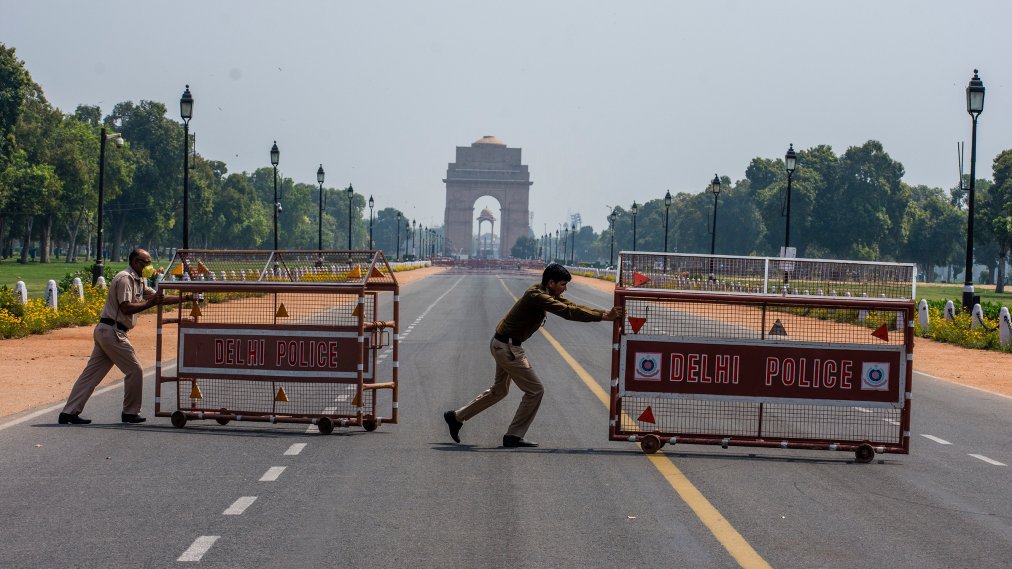
10. Mitigation strategies
Mitigation strategies are preparations that a community does to slow the spread of disease and protect high-risk individuals and critical infrastructure, such as hospitals. Closing of schools, limited gathering, locking up public spaces, are all a part of mitigation strategies.
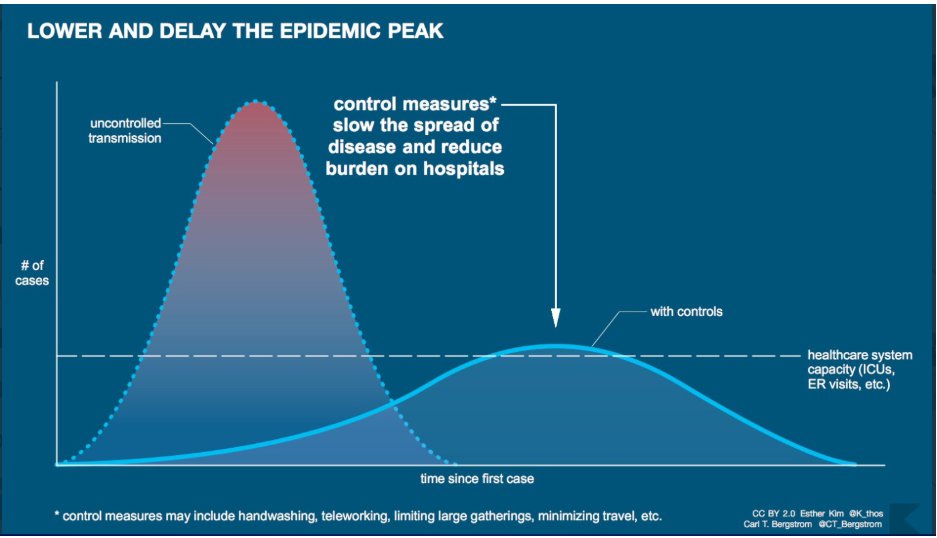
11. Outbreak
A disease is called an outbreak when there is a huge increase in the number of infected people, but the spread of the disease is limited to one area.
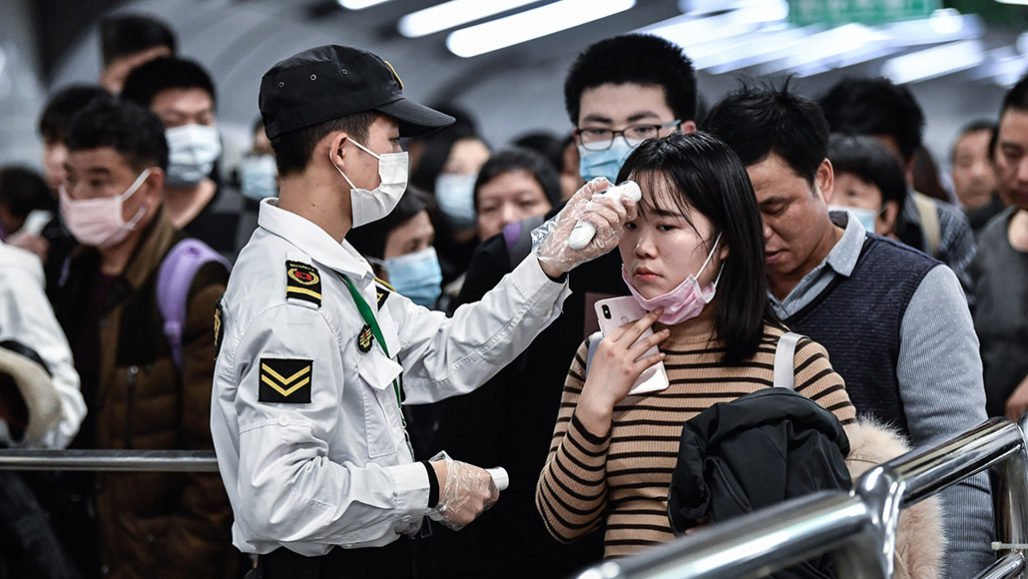
12. Pandemic
When the outbreak reaches worldwide affecting a huge number of people across the globe. WHO has officially declared that what we are experiencing with Covid-19 is a pandemic.
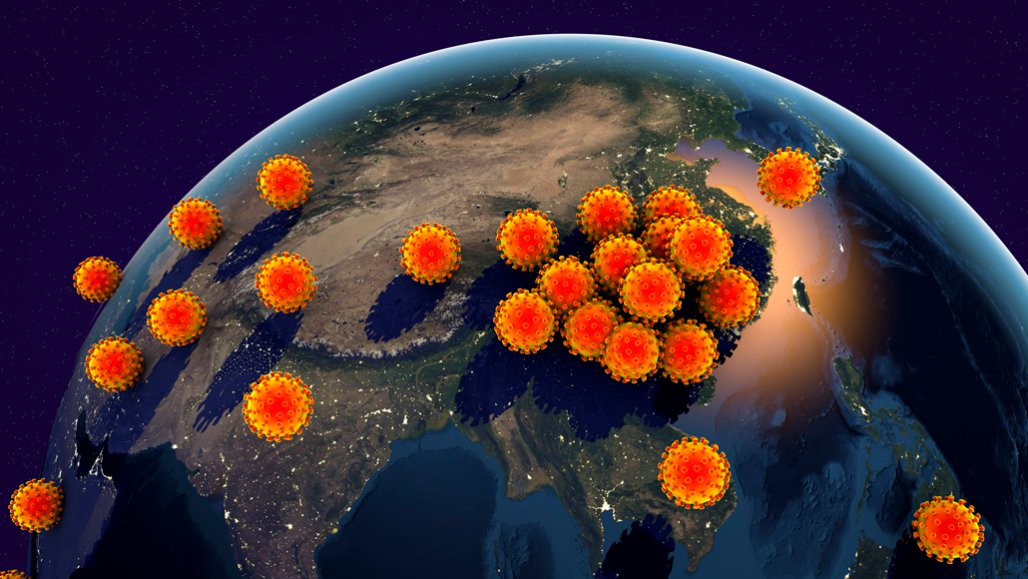
13. Quarantine
The favourite word of our generation, no? A person who isn’t sick but might have been exposed to someone who is infected is put under quarantine. It is done to ensure that potentially infected people don’t spread the virus further.
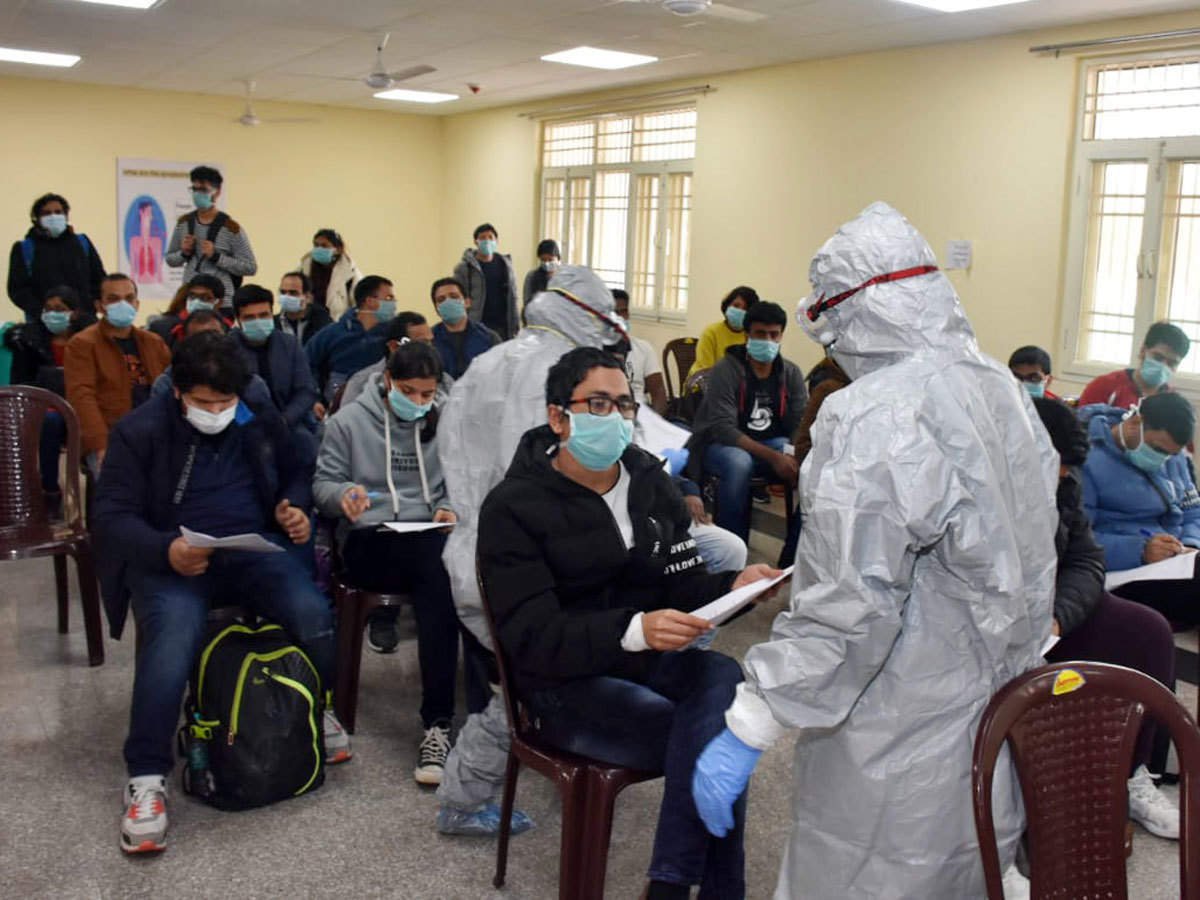
14. SARS-CoV-2
Did you know that SARS-CoV-2 is the official name of the virus that causes the disease Covid-19? The SARS disease broke out in 2003 and killed almost 800 people globally. The Covid-19’s virus comes from the same gene of the virus, and hence the name.
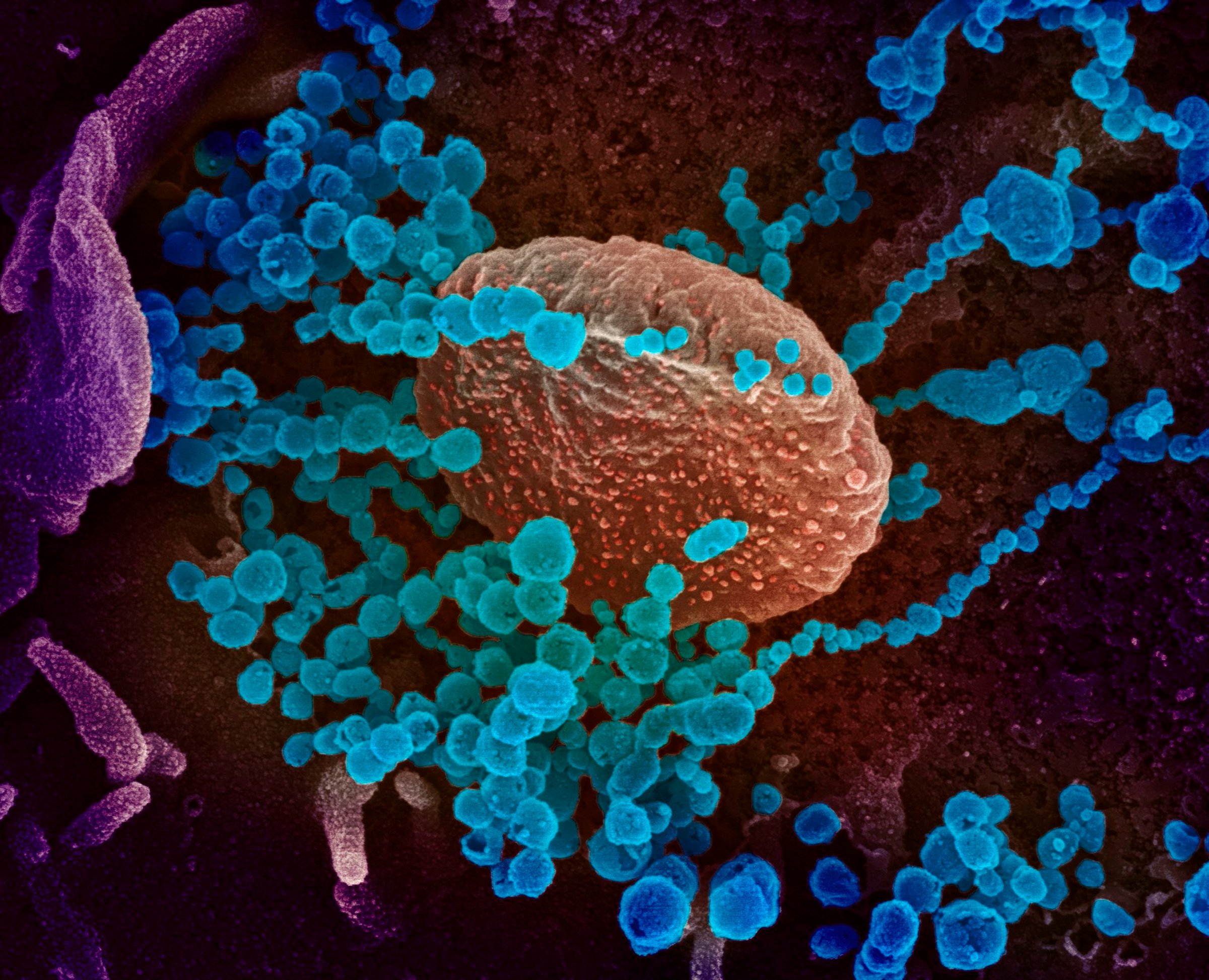
15. Social Distancing
Well, this is what we are being told to do, so it’s very important to get this right. Social distancing means keeping a safe distance of about three to six feet from other people, avoid touching public things and travel. This is beneficial to limit the spread of the disease.
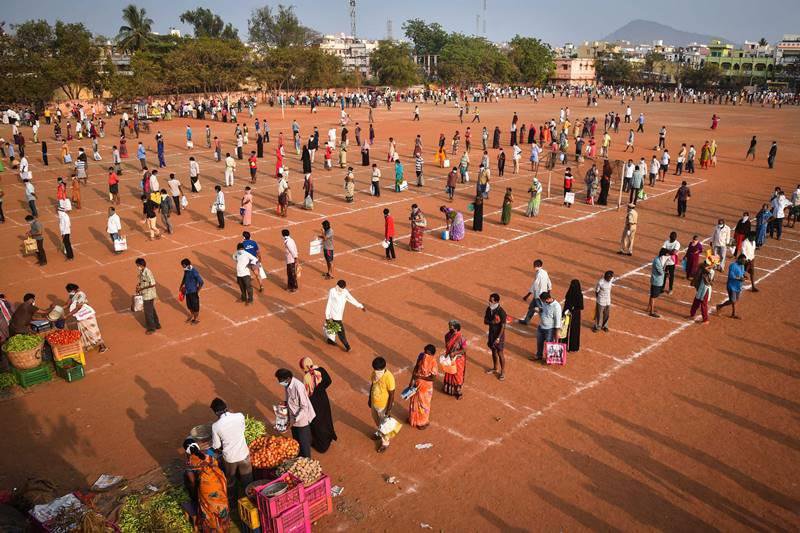
Now that you are well acquainted with all the key terms associated with the disease Covid-19 there is only one more thing left for you to do: STAY AT HOME!

















